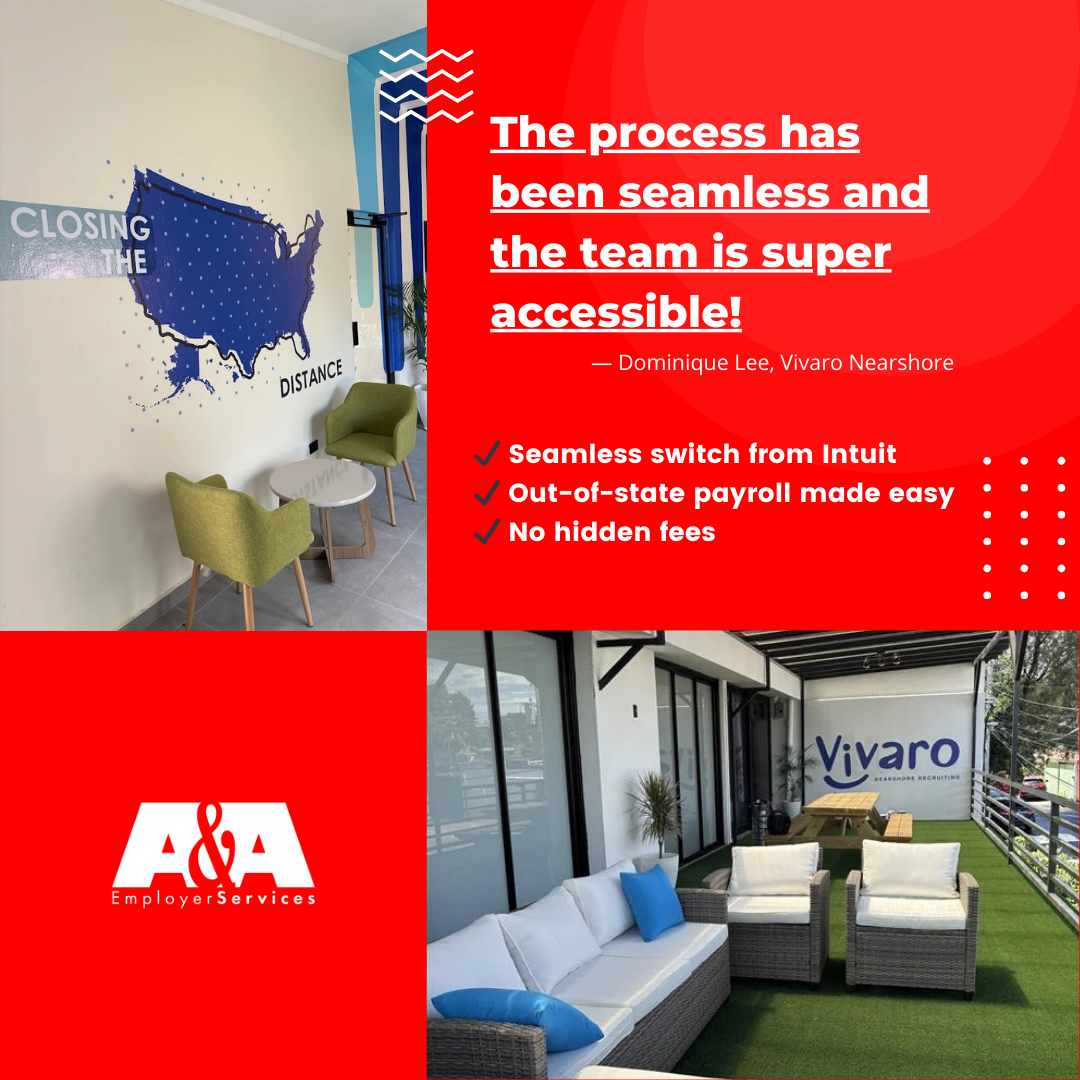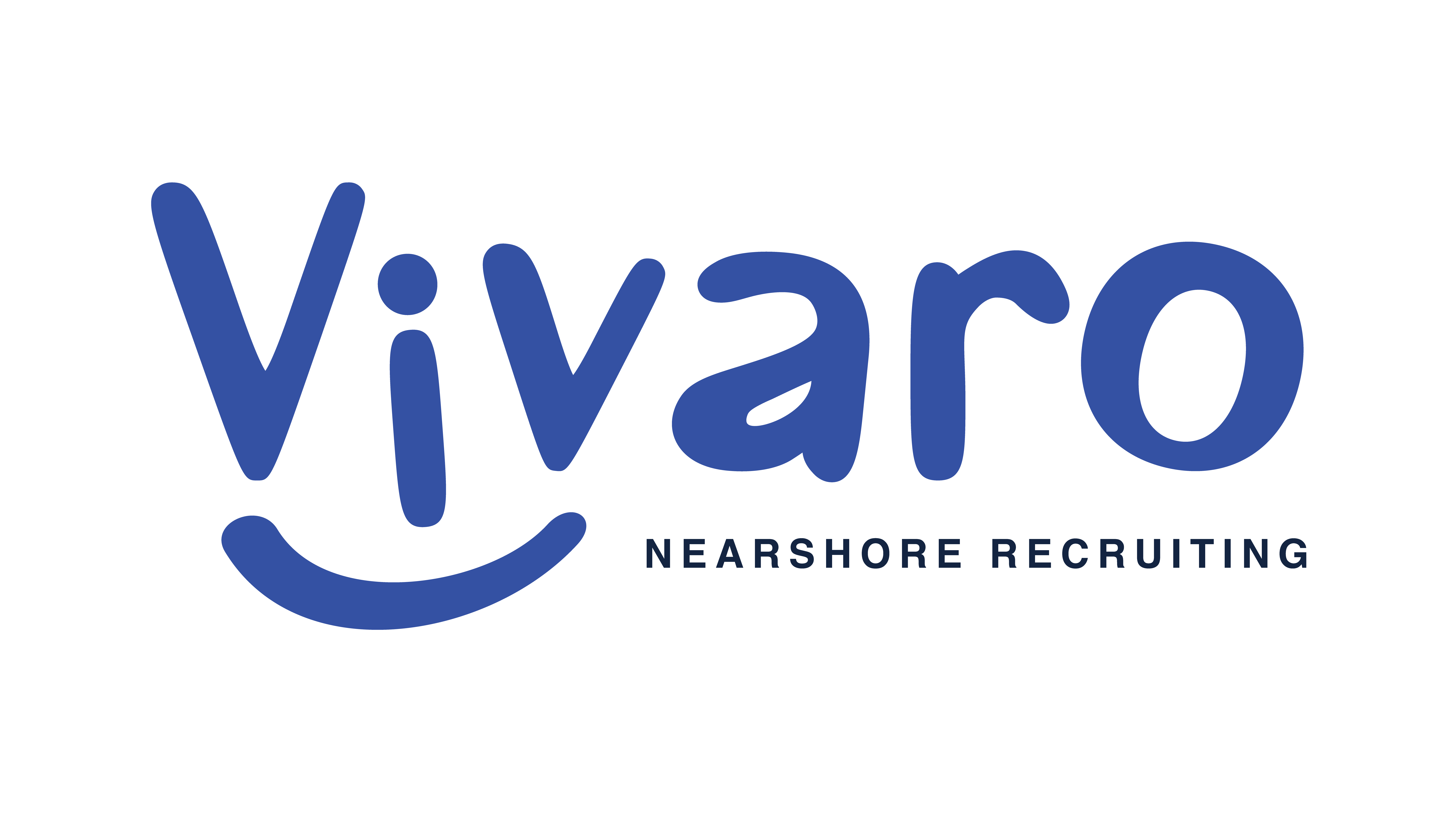Welcome to the journey of onboarding, where the first steps of a new employee can pave the way for a successful and fulfilling career. As businesses strive to attract and retain top talent, the process of integrating new hires into the organizational fold has never been more critical. Let's explore the essential components of effective onboarding and how you can ensure a seamless transition for your newest team members.
Understanding the Importance of Onboarding
New employee onboarding goes beyond mere orientation—it's a strategic process aimed at integrating individuals with the company's culture, values, and goals. It sets the stage for long-term success by providing the tools, resources, and support necessary for new hires to thrive in their roles. Research shows that a well-executed onboarding program can significantly impact employee retention and productivity, making it a top priority for organizations seeking to build high-performing teams.
Getting Started: Planning for Success
Before diving into the onboarding process, it's essential to lay the groundwork for a comprehensive program. Start by answering key questions that will shape your approach:
- Onboarding Timeline: Determine when onboarding will begin and how long it will last, ensuring that new hires receive ongoing support throughout their transition period.
- Desired Impressions: Define the impressions you want new hires to walk away with after their first day, week, and month, setting clear expectations for their journey ahead.
- Stakeholder Roles: Identify the roles of HR professionals, managers, and co-workers in the onboarding process, fostering collaboration and alignment across the organization.
- Goal Setting: Establish specific goals and objectives for new employees, providing them with a roadmap for success from day one.
- Feedback Mechanisms: Develop mechanisms for gathering feedback and measuring the effectiveness of your onboarding program, allowing for continuous improvement and optimization over time.
Crafting an Engaging Onboarding Experience
Once you've outlined your onboarding strategy, it's time to create an engaging experience that sets new hires up for success. Leverage technology to streamline administrative tasks and deliver personalized content to new employees before their start date. Consider the following best practices:
- Online Onboarding Portals: Provide new hires with access to an online onboarding portal where they can access essential information, complete paperwork, and connect with their future team members.
- Pre-Arrival Guidance: Offer guidance on what to expect on their first day, including logistical details such as arrival instructions and dress code expectations.
- Workspace Preparation: Ensure that new hires' workspaces are set up and equipped with the necessary tools and resources before their arrival, demonstrating your organization's commitment to their success.
- First-Day Engagement: Foster a welcoming environment on the first day by organizing activities such as team introductions, office tours, and welcome lunches to help new hires feel valued and included from the start.
Nurturing Long-Term Success
The onboarding process extends far beyond the first day or week—it's a journey that continues throughout the first year and beyond. Stay connected with new hires through regular check-ins, mentorship programs, and ongoing training initiatives to support their growth and development. Remember to:
- Set Clear Expectations: Align new hires' expectations with organizational goals and values, ensuring they understand their role in contributing to the company's success.
- Provide Ongoing Support: Offer continuous support and guidance to new employees as they navigate their roles and responsibilities, addressing any challenges or concerns that may arise along the way.
- Encourage Feedback: Create opportunities for new hires to provide feedback on their onboarding experience, allowing you to identify areas for improvement and refine your approach over time.
- Celebrate Milestones: Recognize and celebrate achievements and milestones reached by new hires, reinforcing their sense of accomplishment and belonging within the organization.
Conclusion
By prioritizing the onboarding process and investing in the success of new employees, organizations can cultivate a culture of engagement, retention, and continuous learning. Remember, effective onboarding is not just a one-time event—it's a strategic initiative that lays the foundation for long-term success and mutual growth. Embrace the journey of onboarding, and watch your new hires thrive in their roles and contribute to the collective success of your organization.



